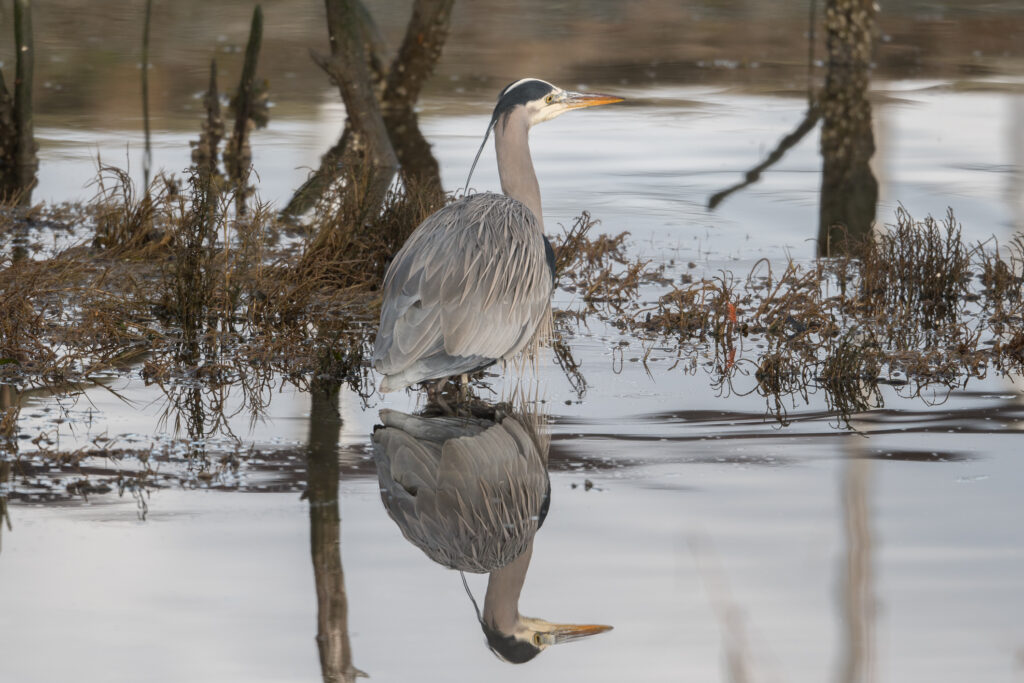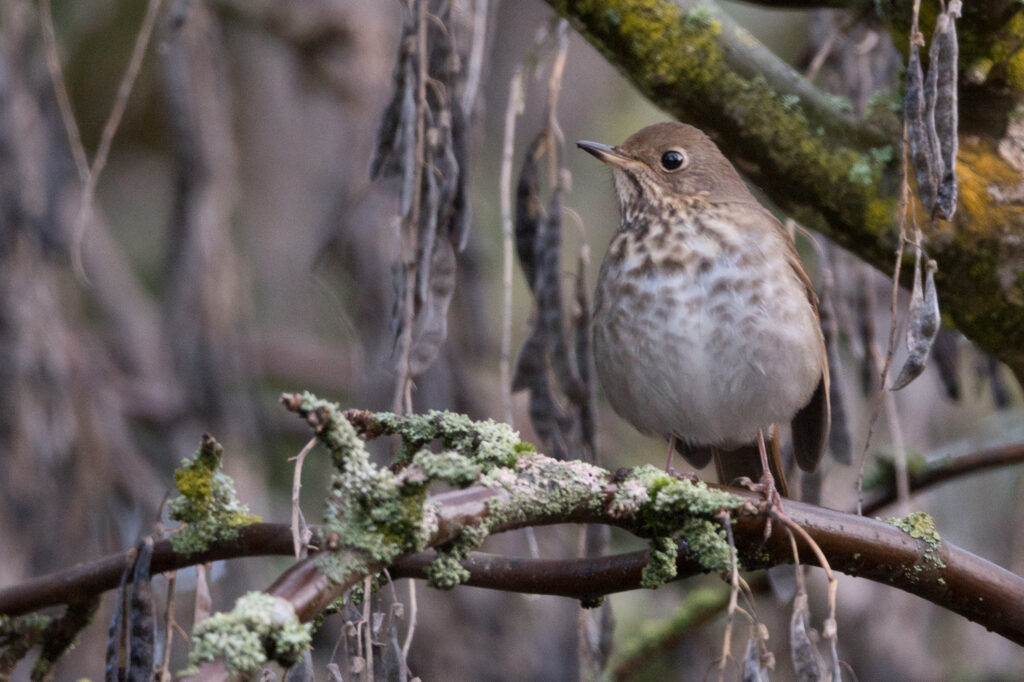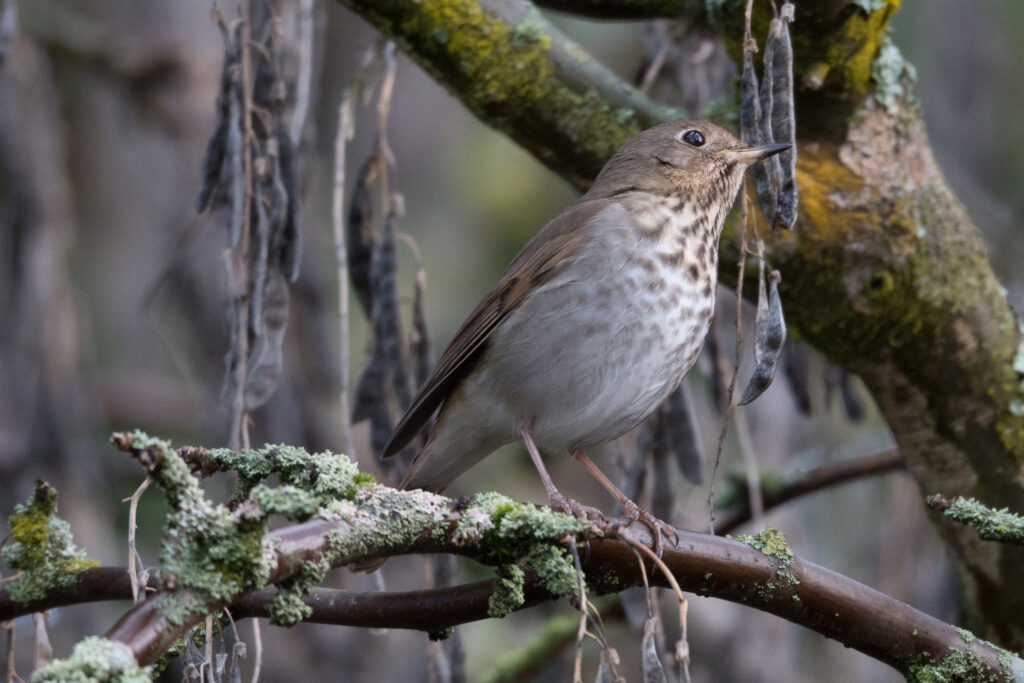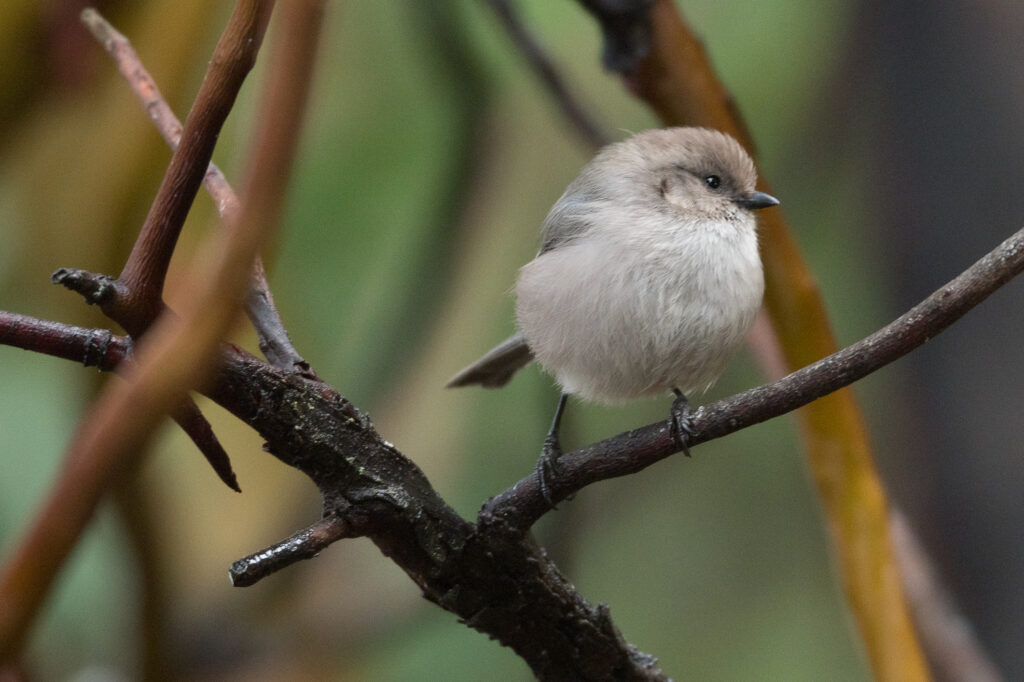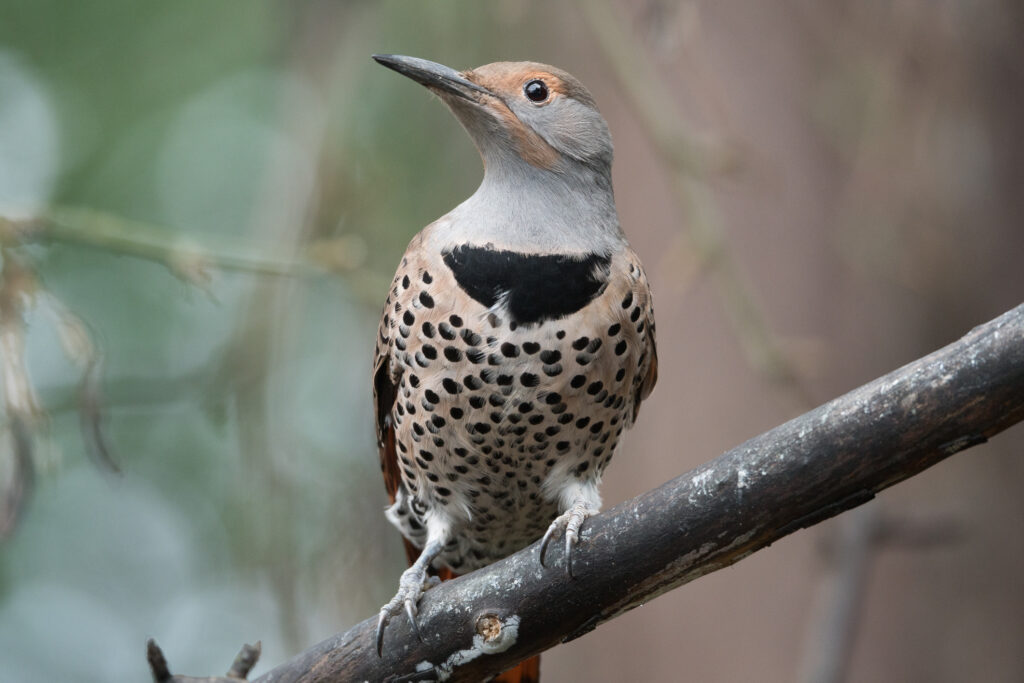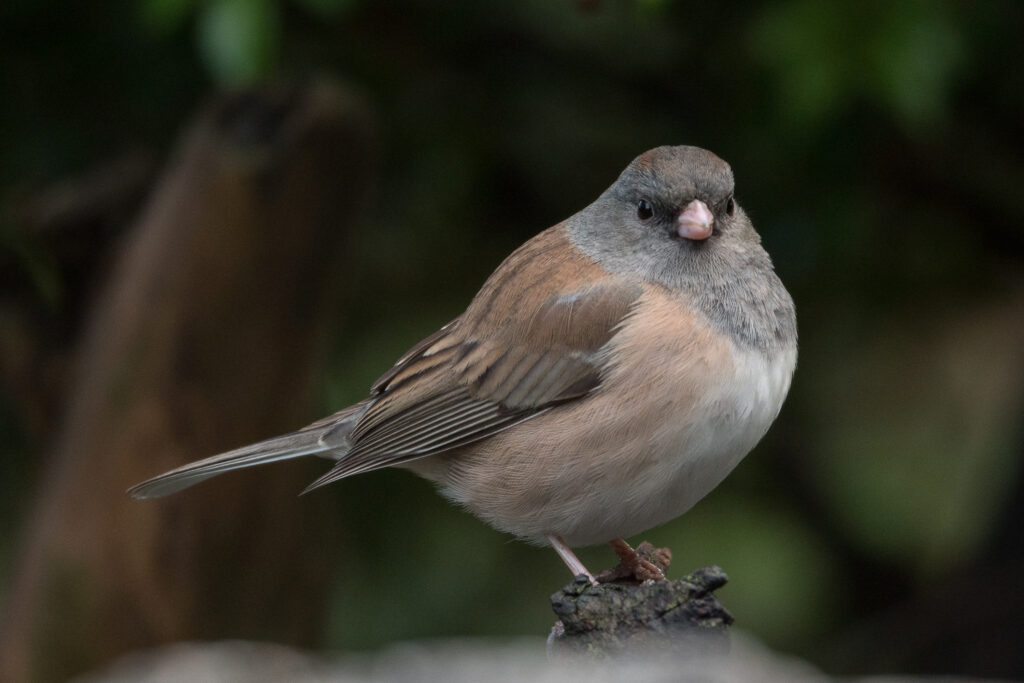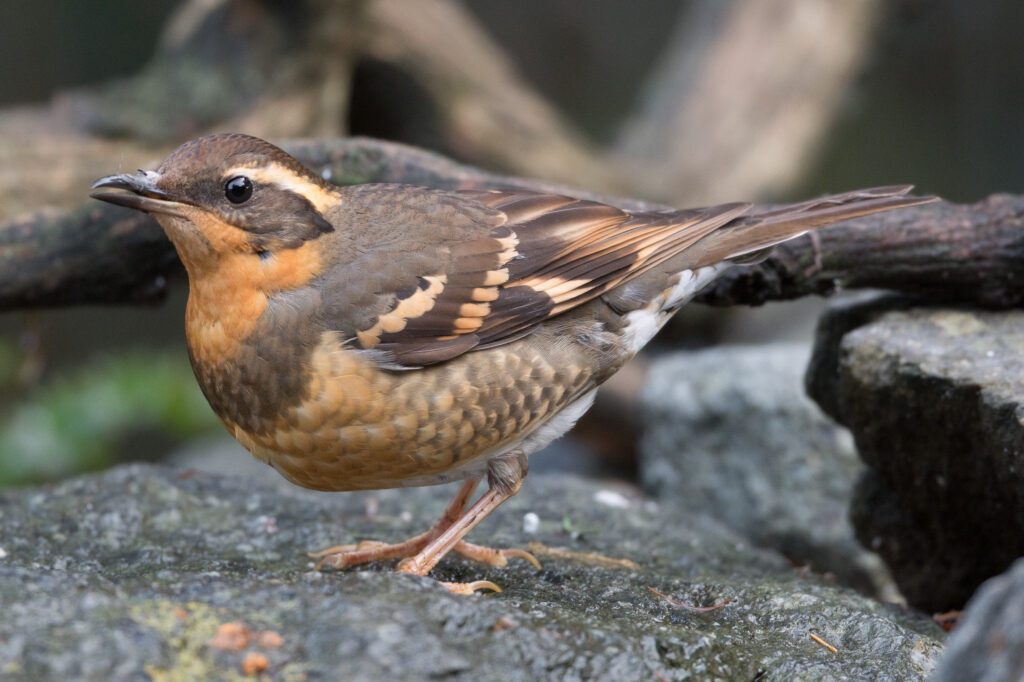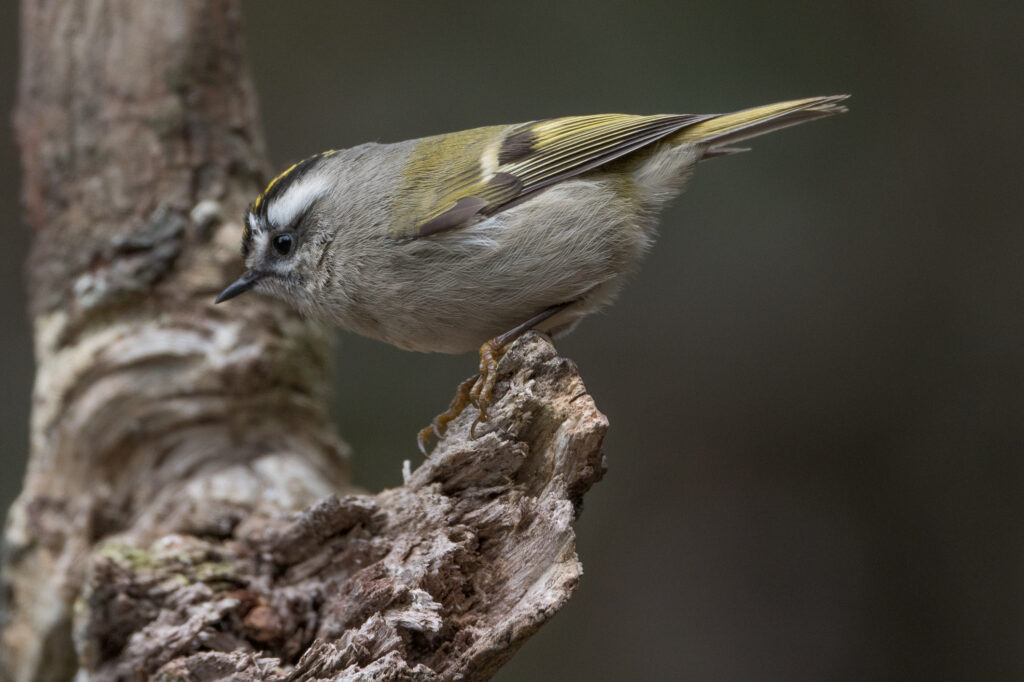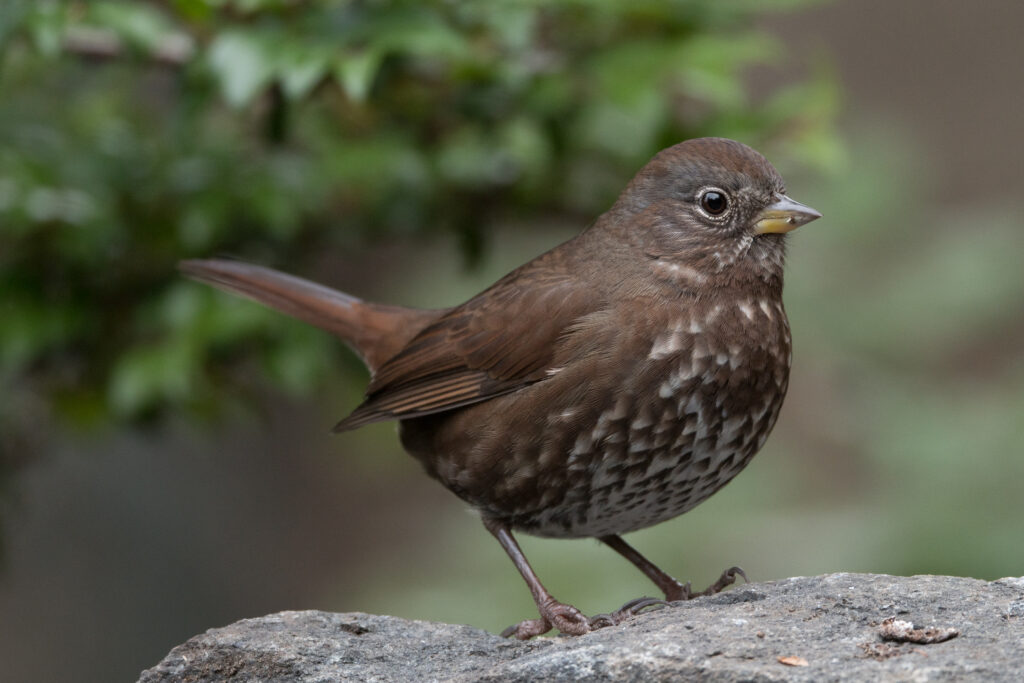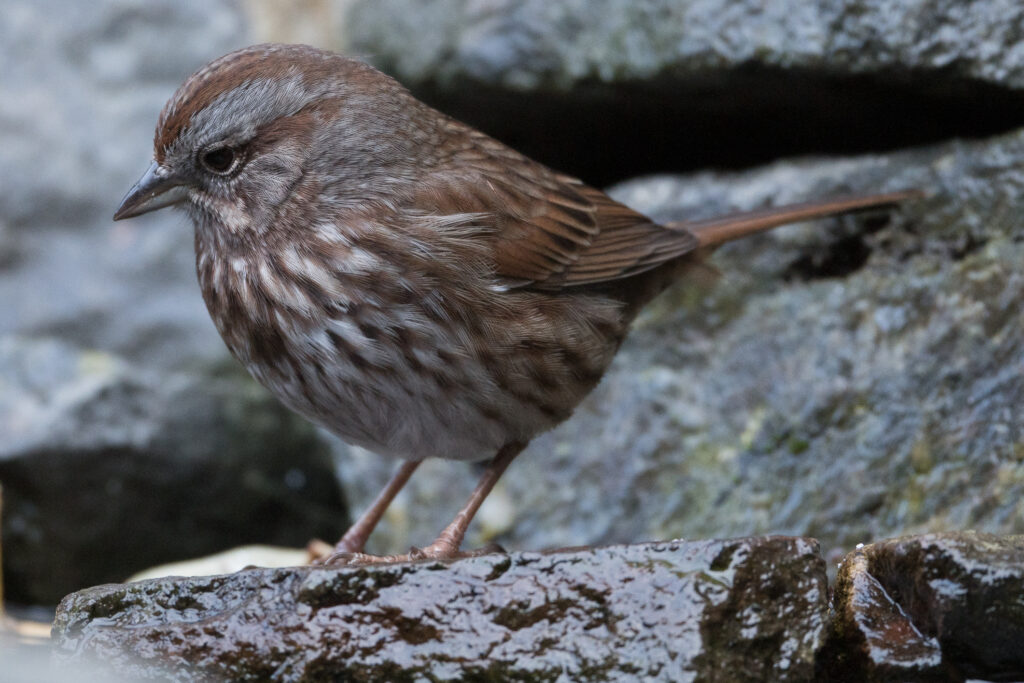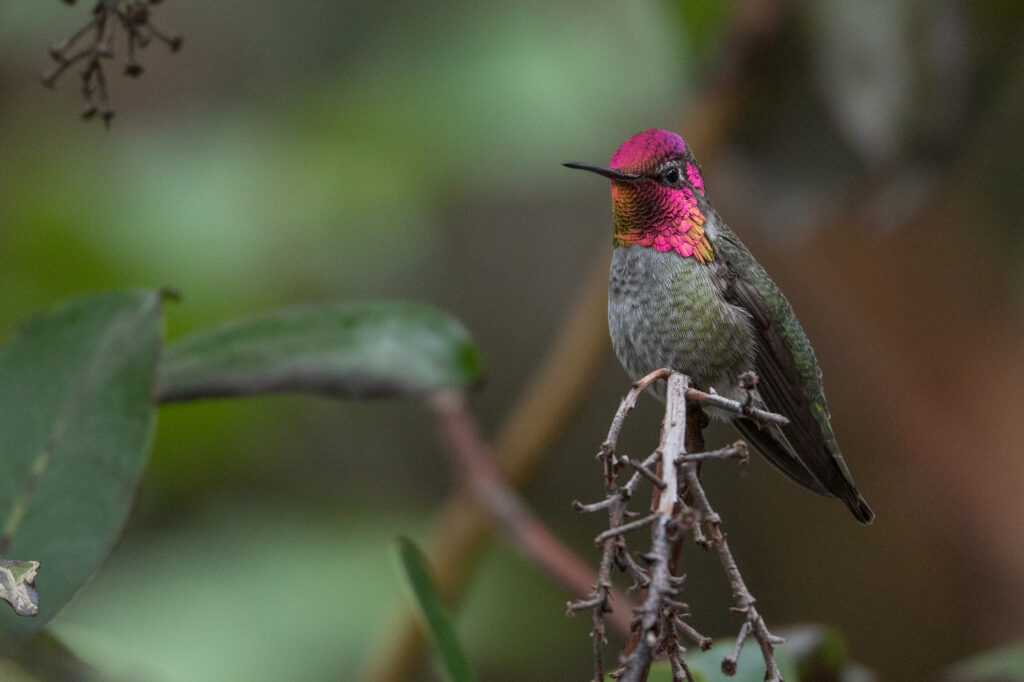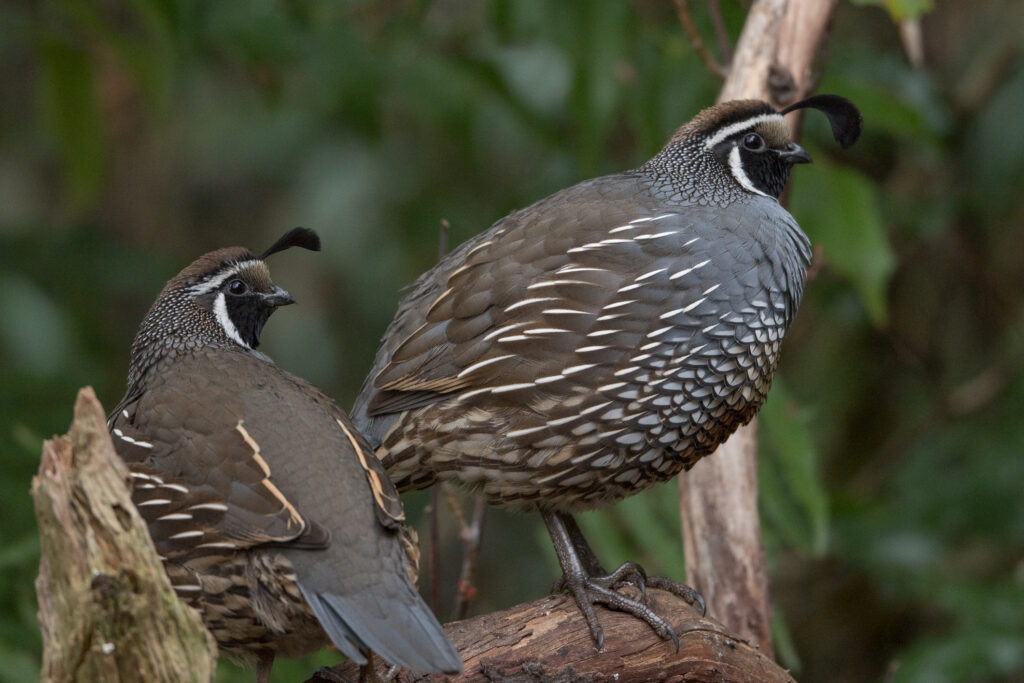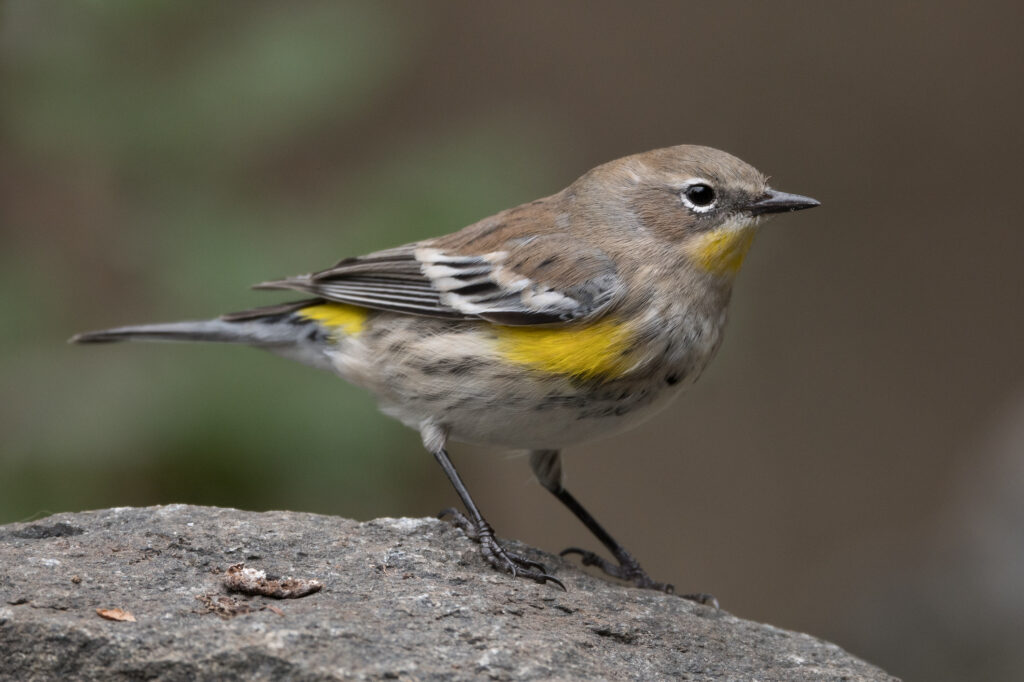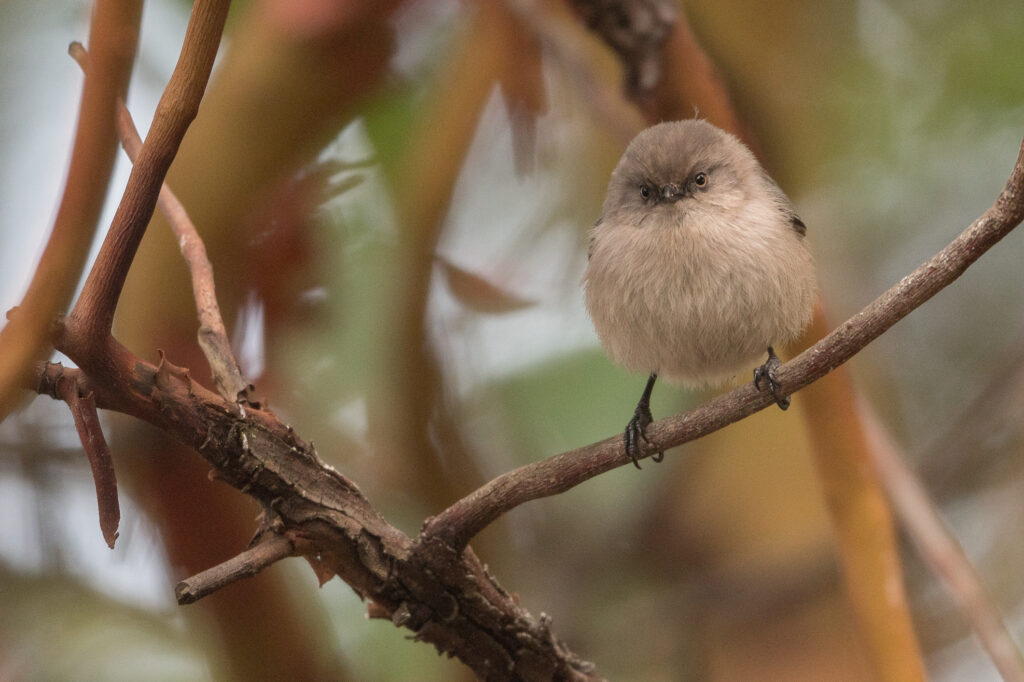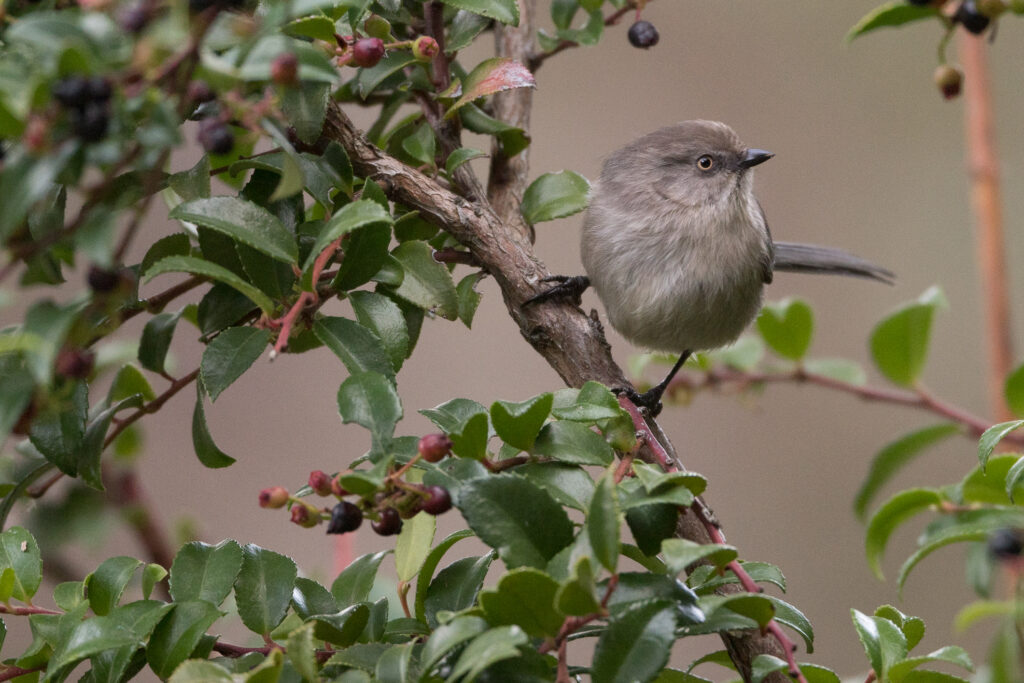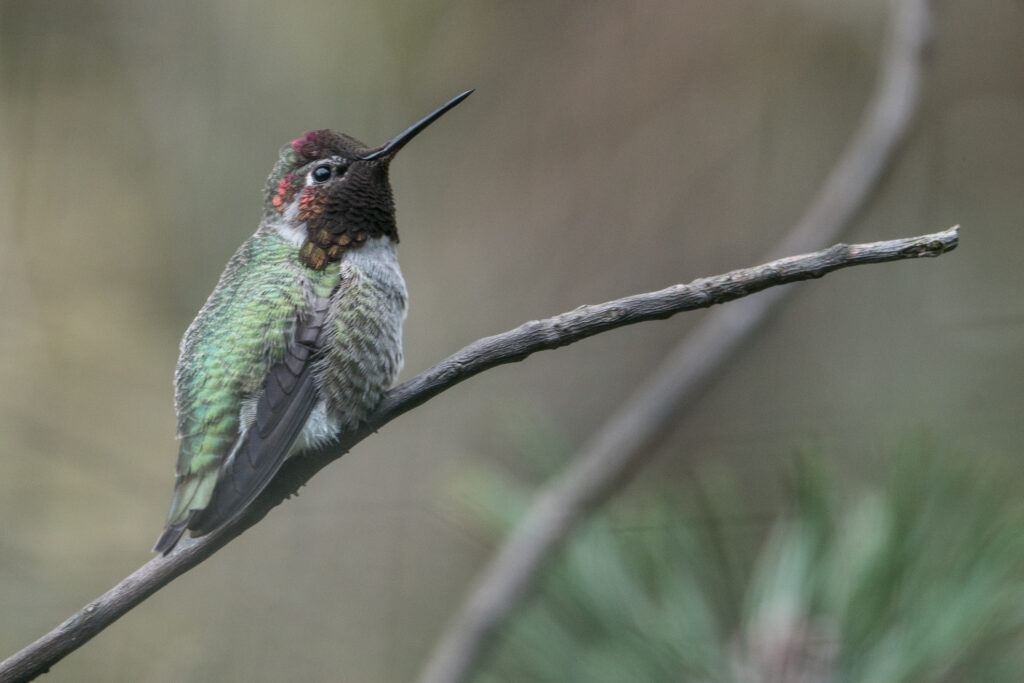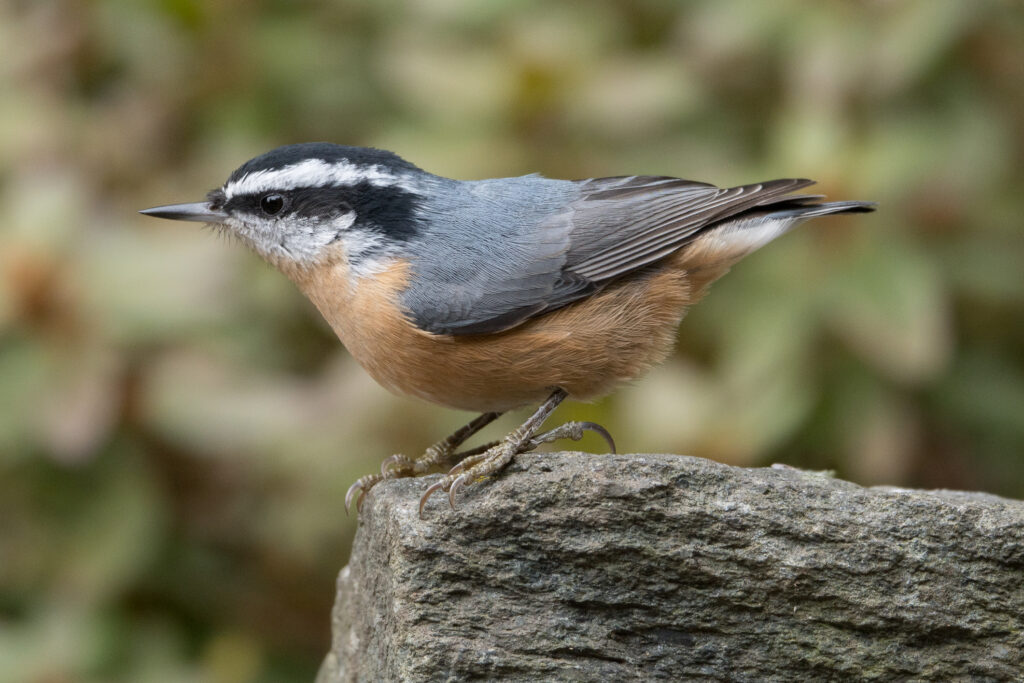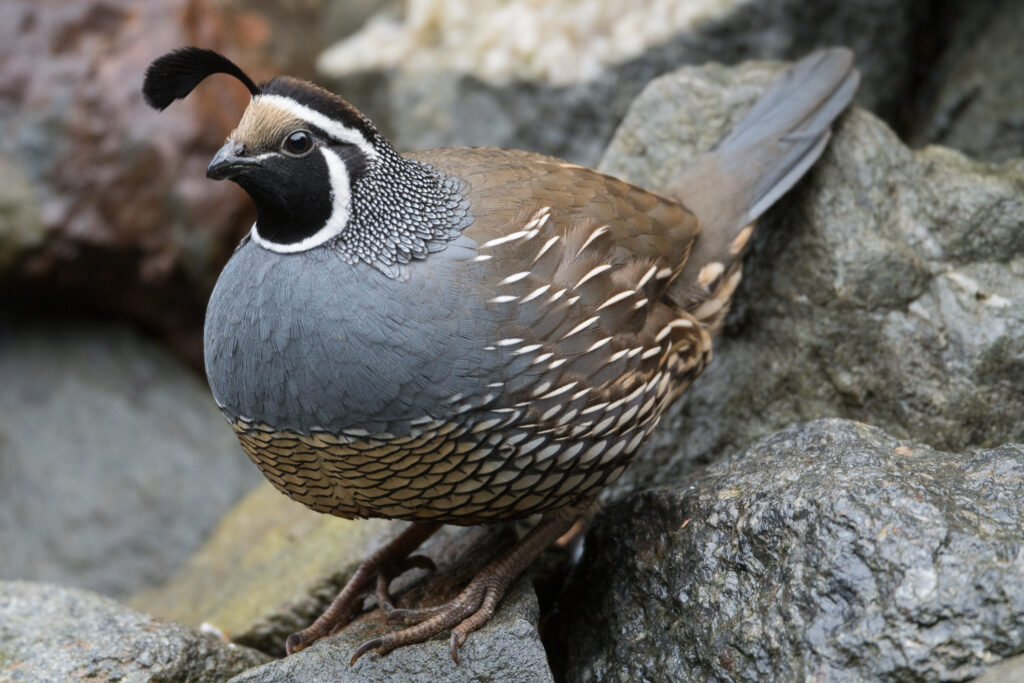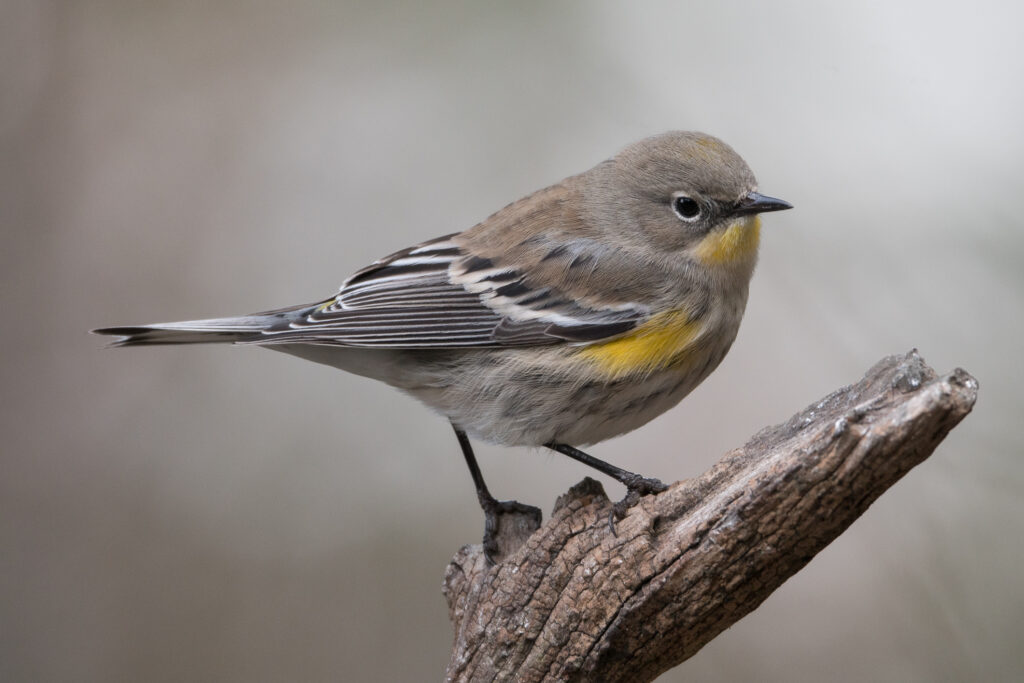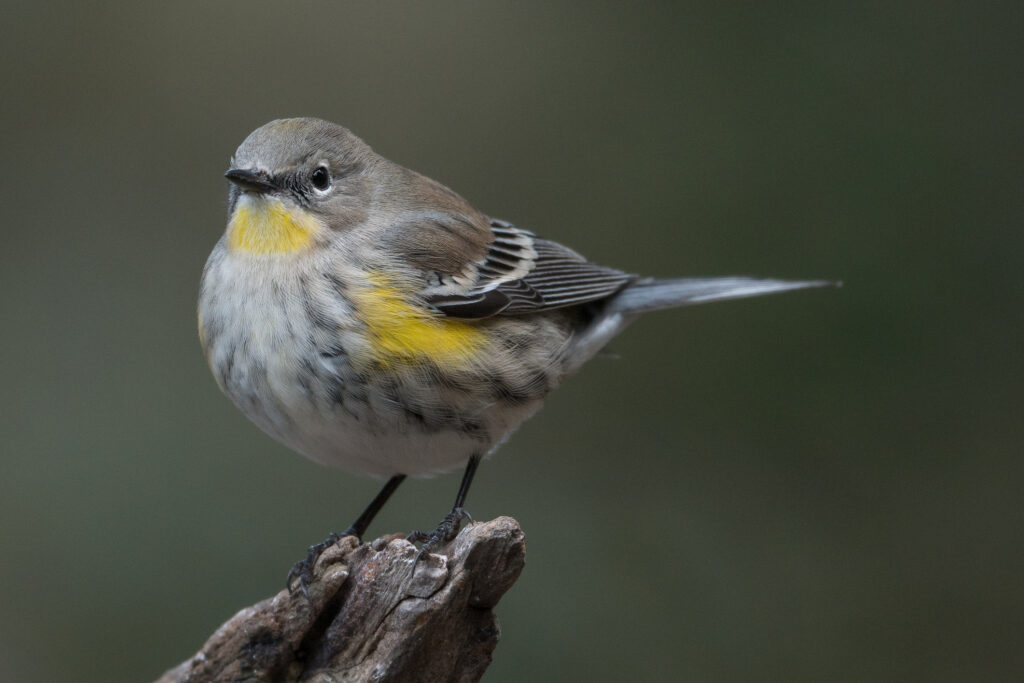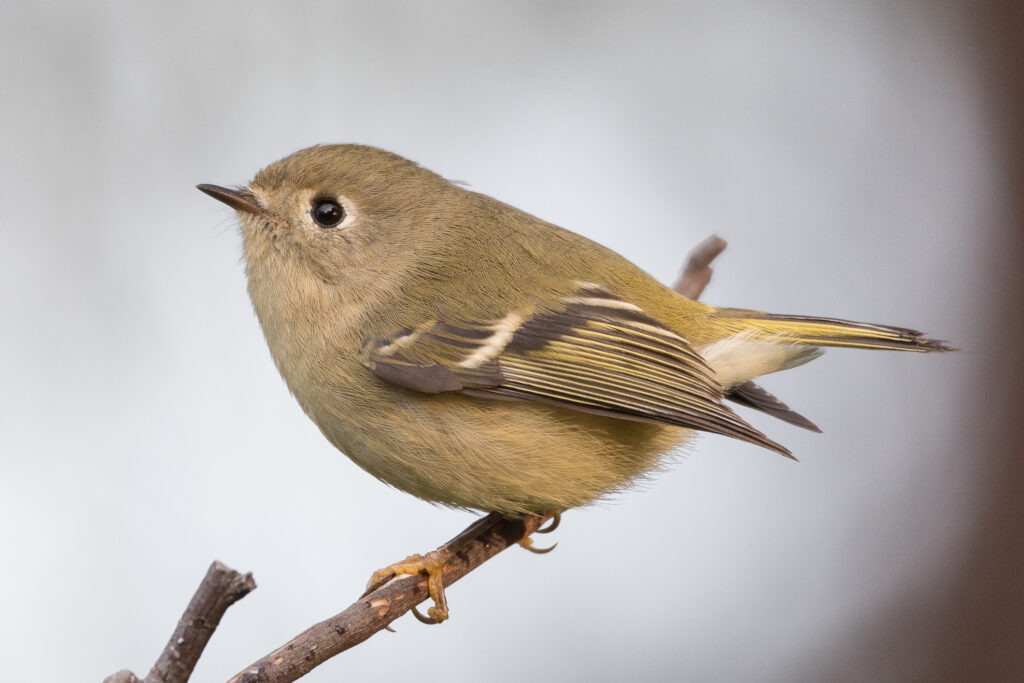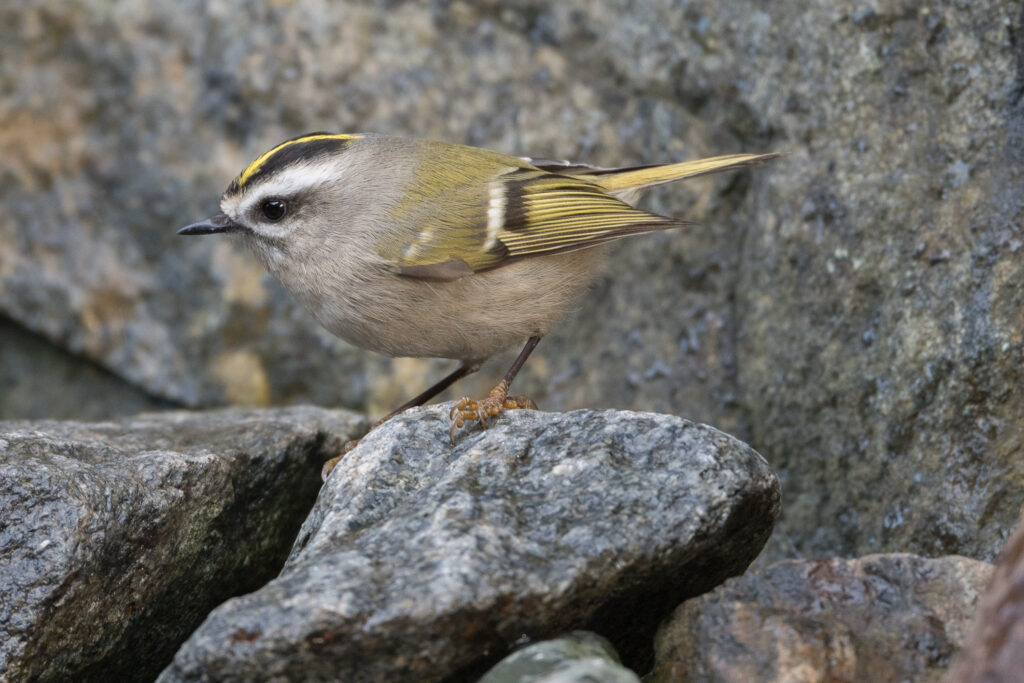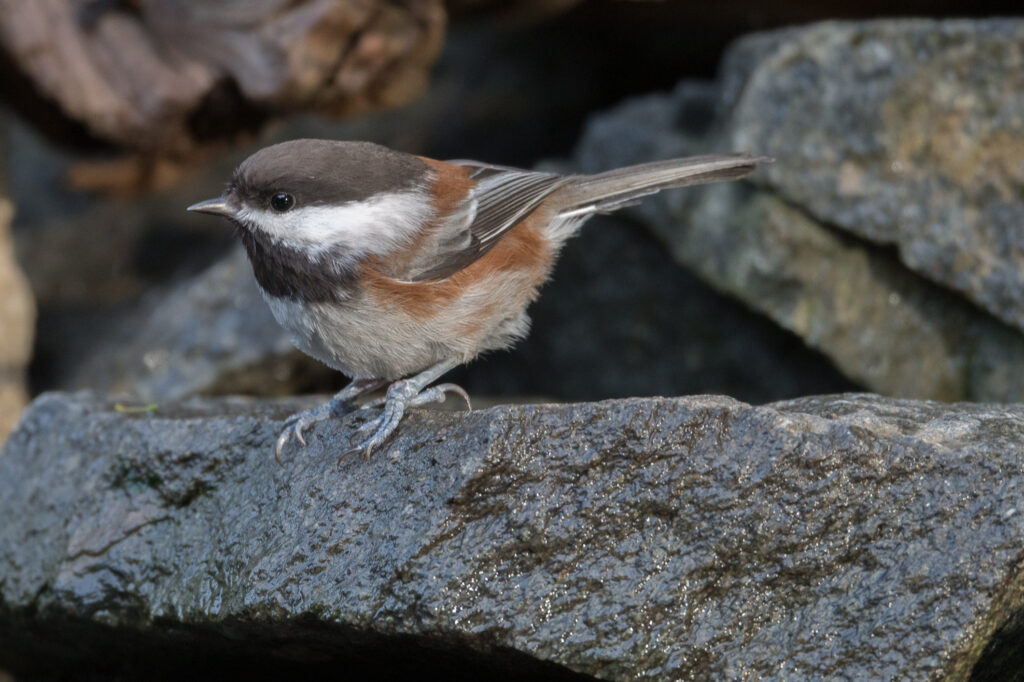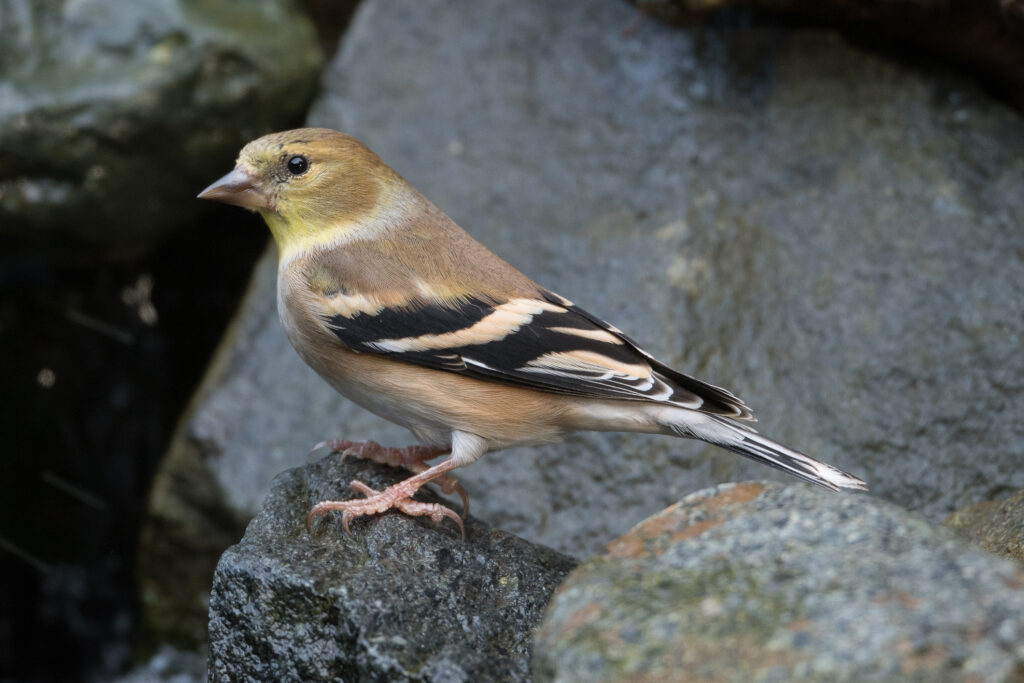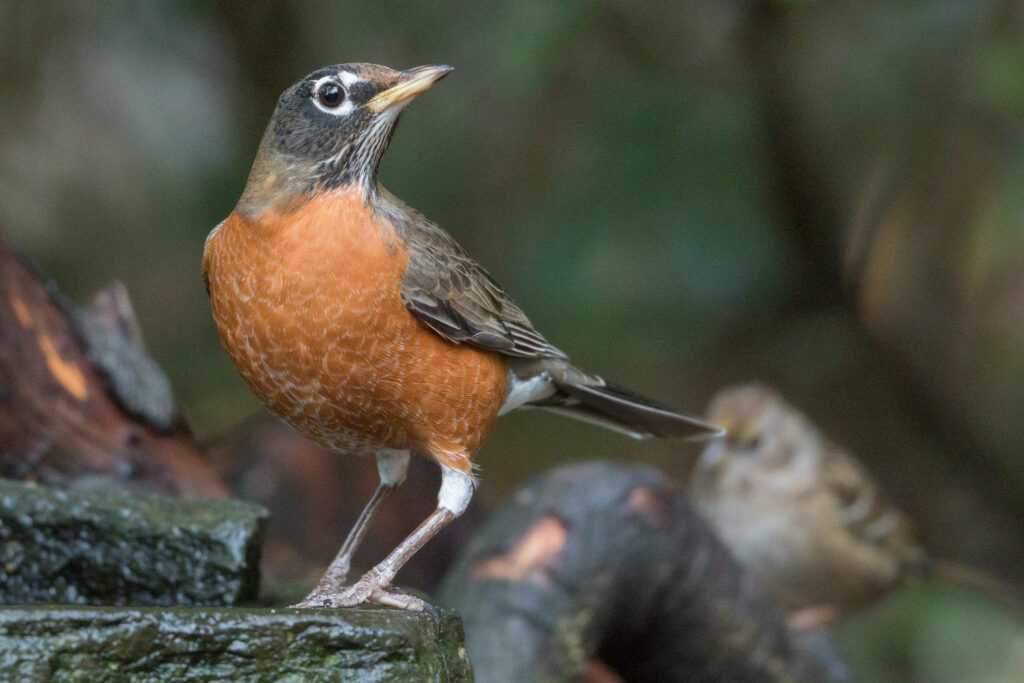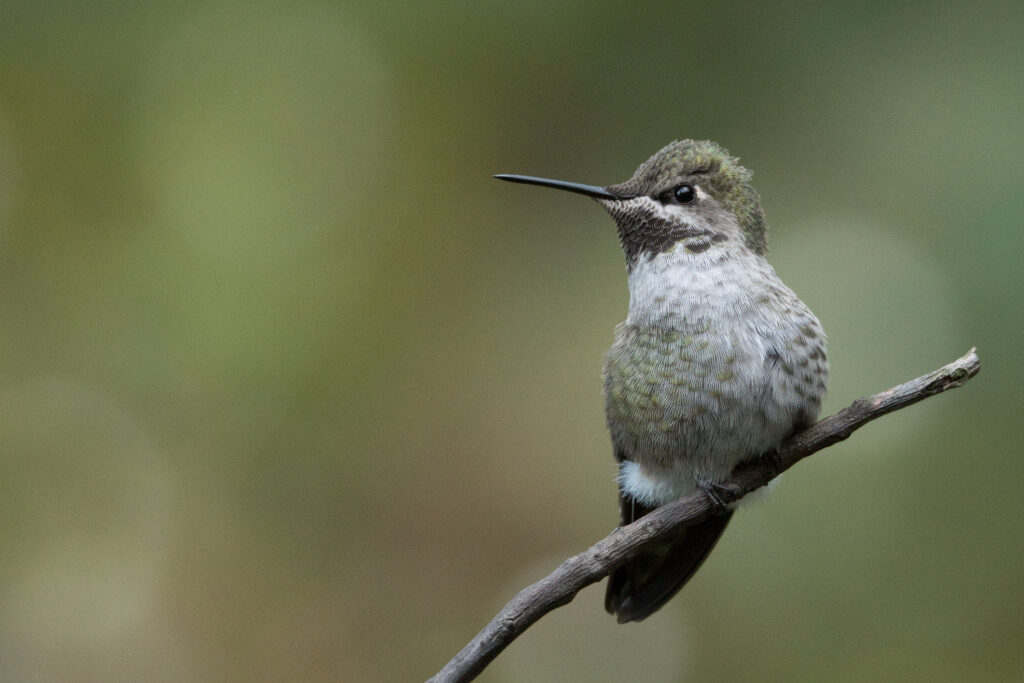In this blog during 2022, I believe I’ve mentioned several times that we’ve managed to attract eight different species of sparrows to our yard. I was wrong! As I was writing this and listing the sparrows I realized we have had NINE! This seems like a remarkable achievement, not so much on our part for just providing a hospitable environment but the happenstance of a couple of relatively rare sparrows visiting and our happening to observe them. In observance of this achievement I’m going to list the species and post photographs, all of which were taken in 2022 and in our yard. I’m listing the species, in my estimation, from most common to rarest. (The date in parentheses after the species is the date the photograph was taken.)
I consider these sparrows’ appearance (plumage) as distinctive with the possible exception of the Song and Fox sparrows and White-crowned and White-throated. But things can get a bit dicier in spring and early summer when juveniles are added to the mix. As always, I want to emphasize the importance of observing behavior as a factor in identification. Some of these birds would have gone unnoticed in a yard full of sparrows and other birds if not for their behavior.
House sparrow (male:1/7/2022; female: 4/16/22)
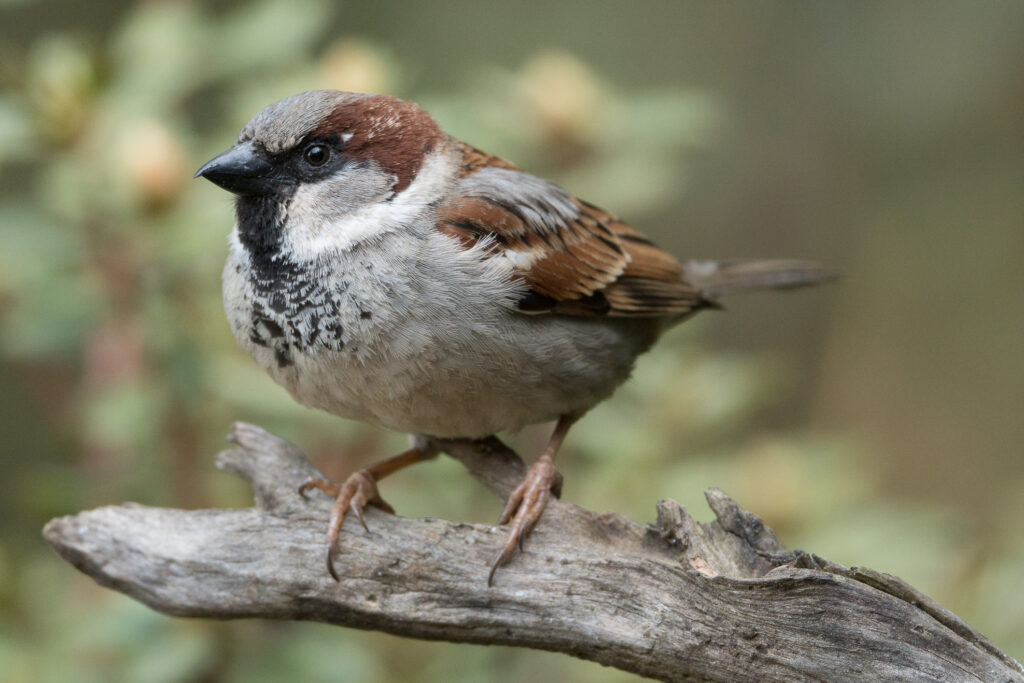
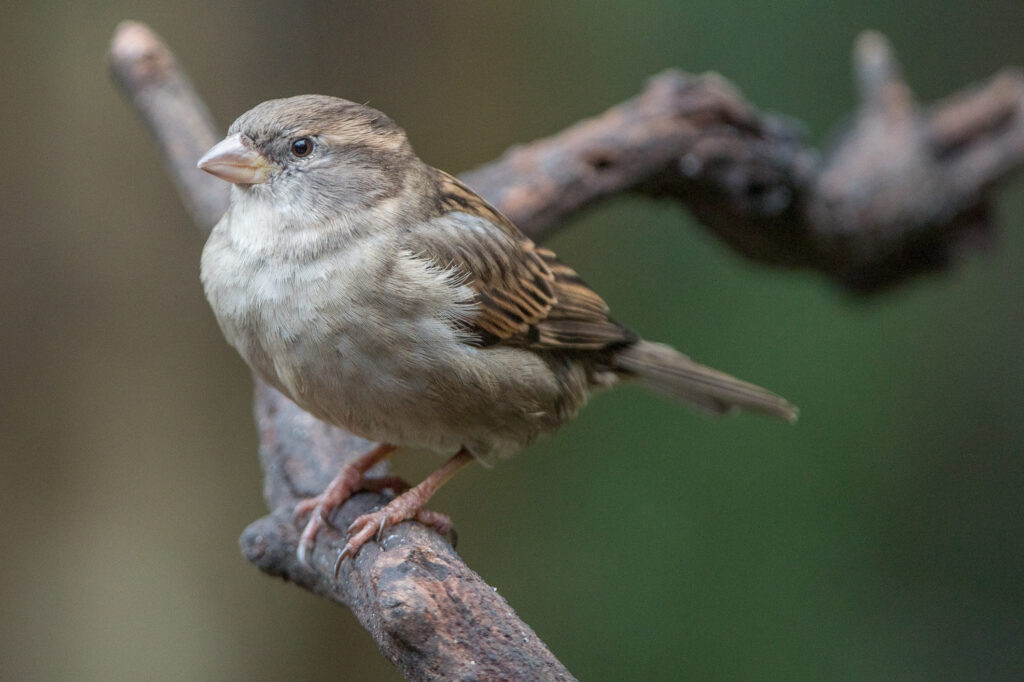
We were overrun with House sparrows this year as newly installed nest boxes in the neighborhood failed to be designed to exclude sparrows. These sparrows have discovered that we are feeding superior food (sunflower seed and peanut pieces) and have therefore migrated to our yard for their food supply.
Since there are significant differences in plumages between the sexes I included a photo of each sex.
Dark-eyed junco – Oregon race (male: 3/16/2022; Slate-colored: 11/20/2022; leucistic: 1/7/2022)
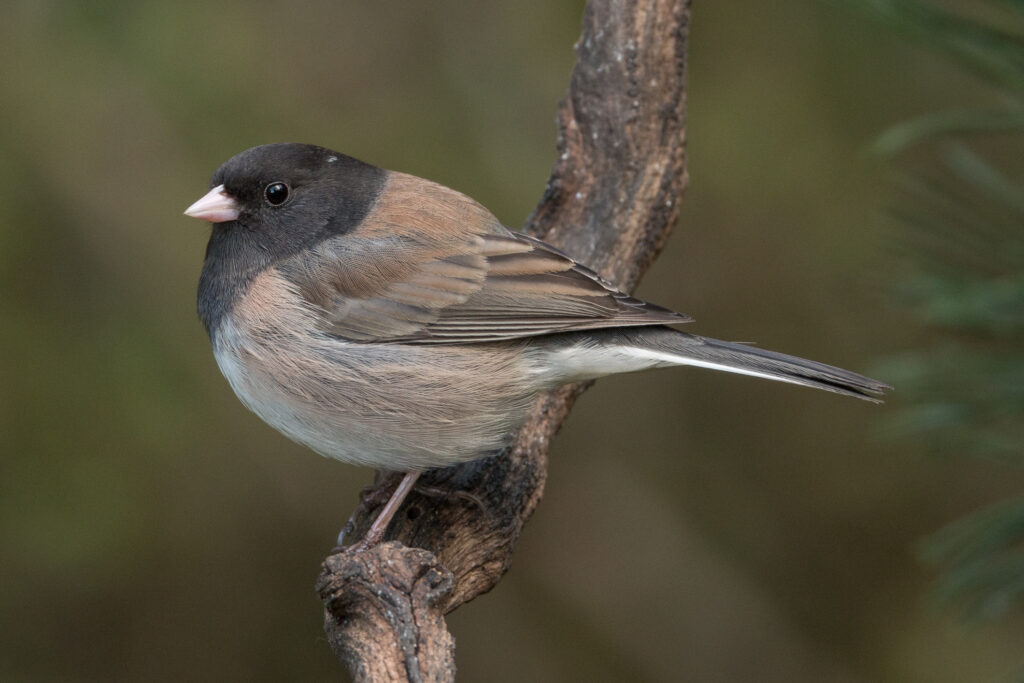
This is mainly a winter visitor. The birds leave in the spring to breed at higher elevations. Until the explosion of House sparrows this year the juncos were formerly the most numerous sparrow in the yard. For the past few years we have had one pair remain in the area and breed but the species is heavily predated by Brown-headed cowbirds.
On November 20, 2022, we had a Slate-colored Dark-eyed junco show up ion the yard. At this time this is not considered a separate species but a different ‘race’.
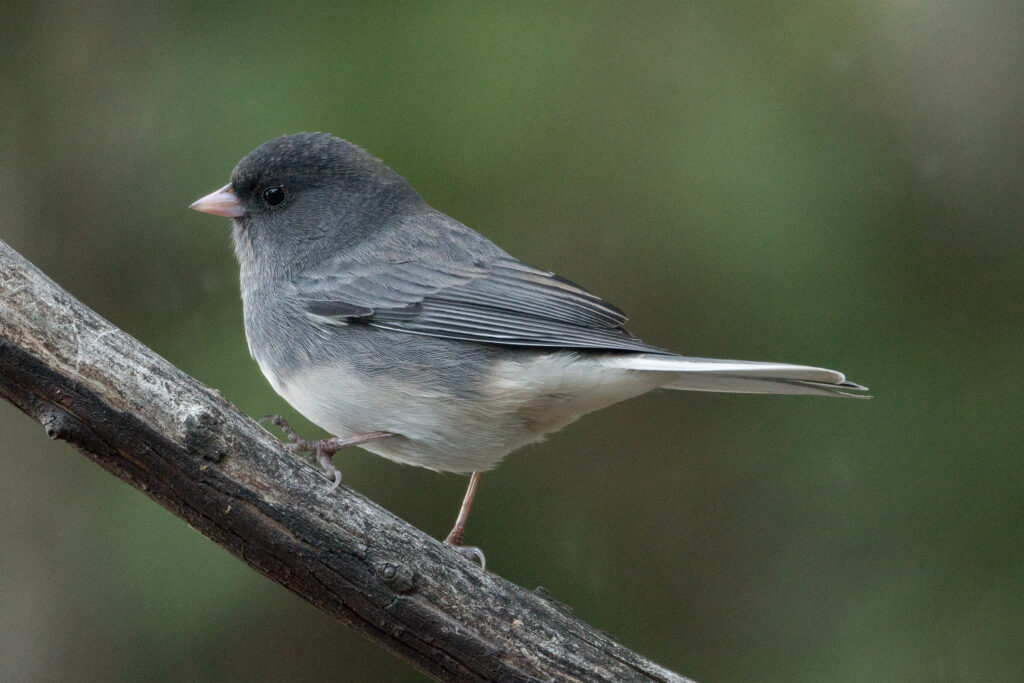
I have included a photo of a leucistic Dark-eyed junco of the Oregon race, a one-of-a kind bird due to a genetic aberration. This bird was with with us the past two winters and into the spring but did not shown up this winter.
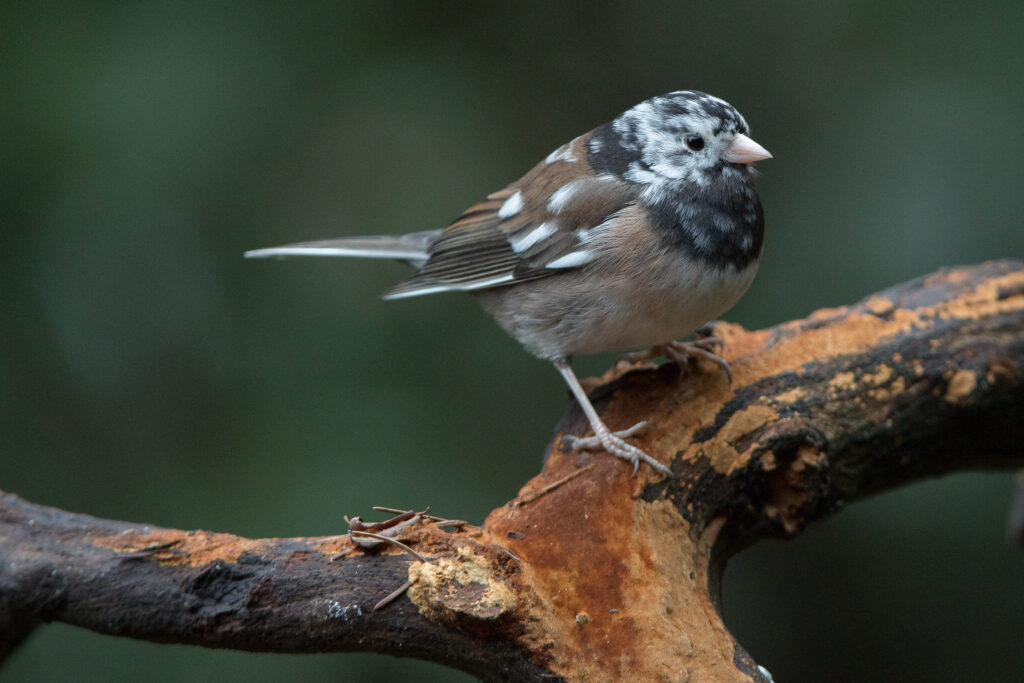
Spotted towhee (male: 3/12/2022)
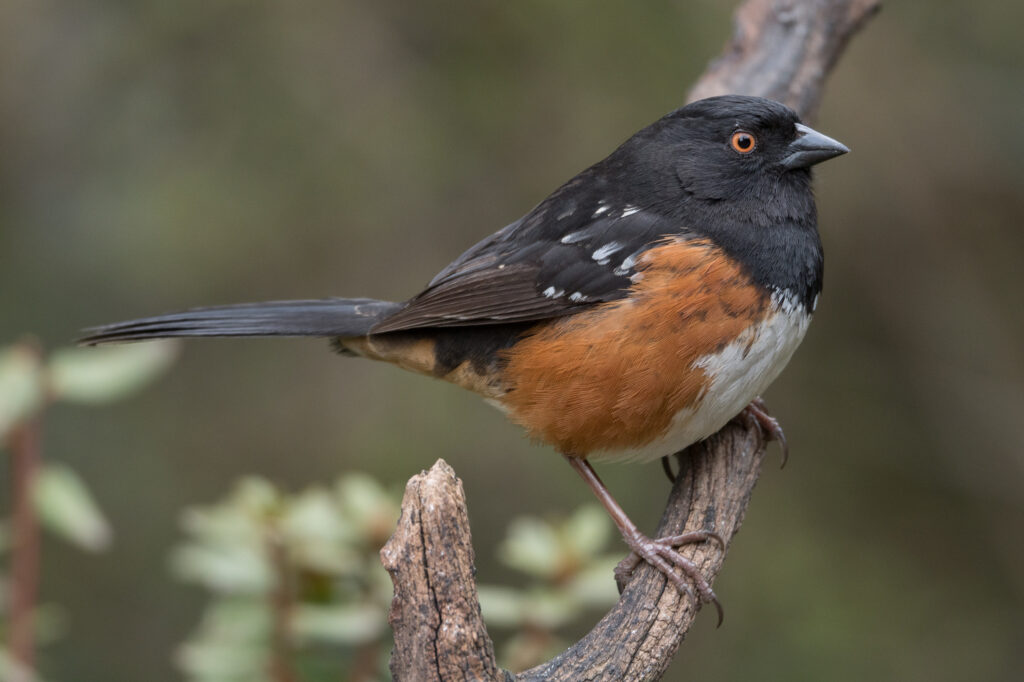
We usually have 1-3 pairs in the yard year-round. This is another species heavily predated by Brown-headed cowbirds.
Song sparrow (4/14/2022)
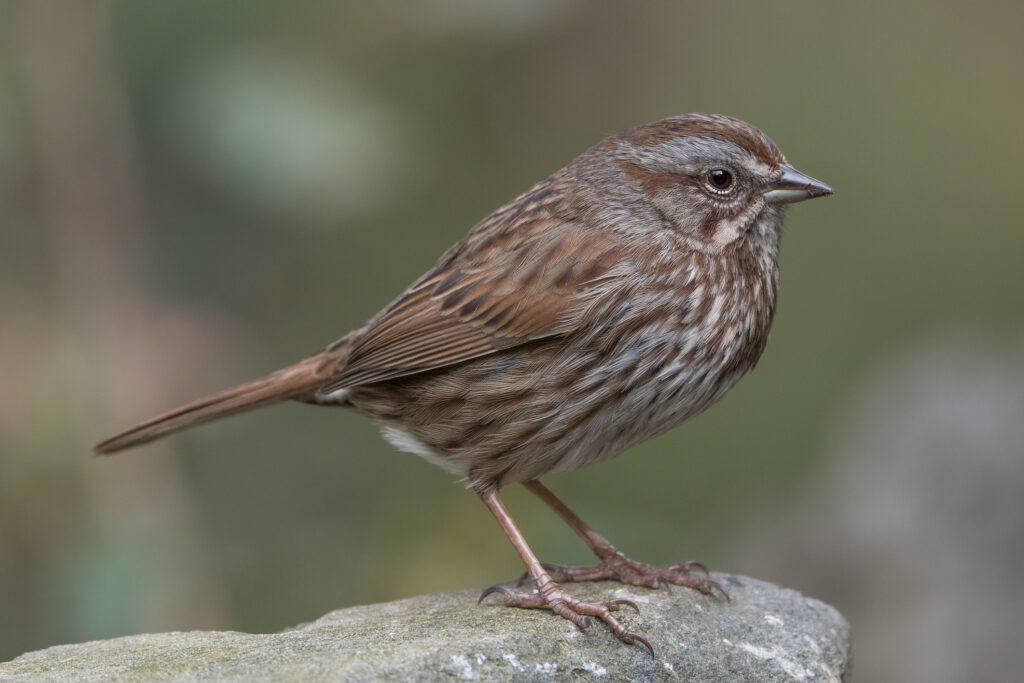
One or two birds of this species are in the yard mainly in the winter.
Golden-crowned sparrow (3/16/2022)

This is strictly a winter bird in our yard, but we can have as many as ten or so. This species leaves to breed to the north and east of us in the spring and doesn’t return until the fall.
Fox sparrow (4/14/2022)
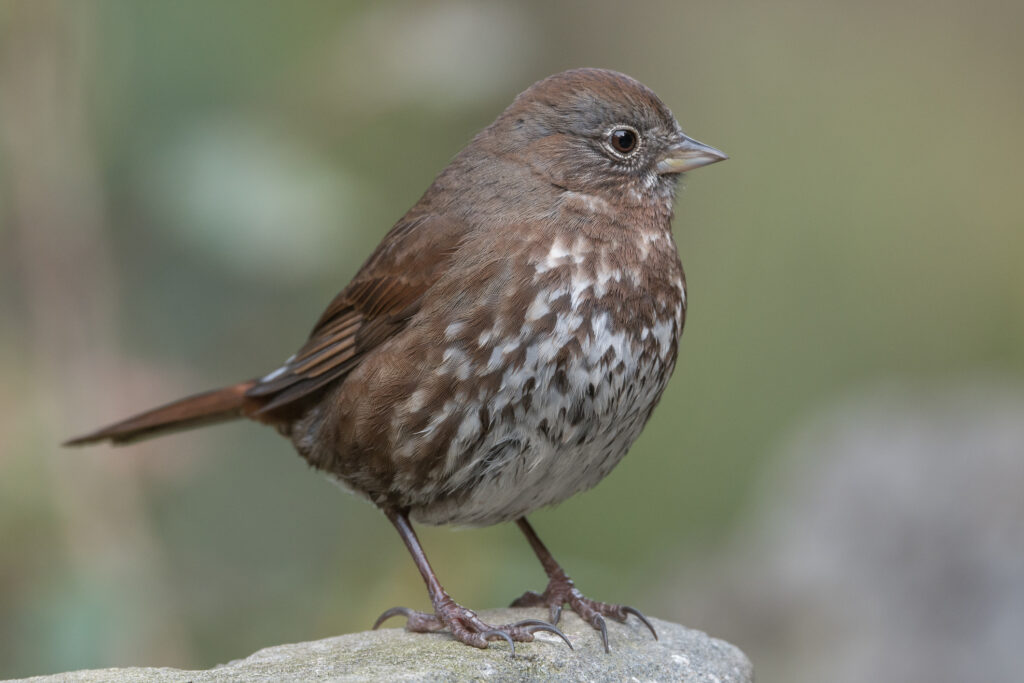
This bird is in the yard only in the winter. We usually have only one or two.
White-crowned sparrow (4/24/2022)
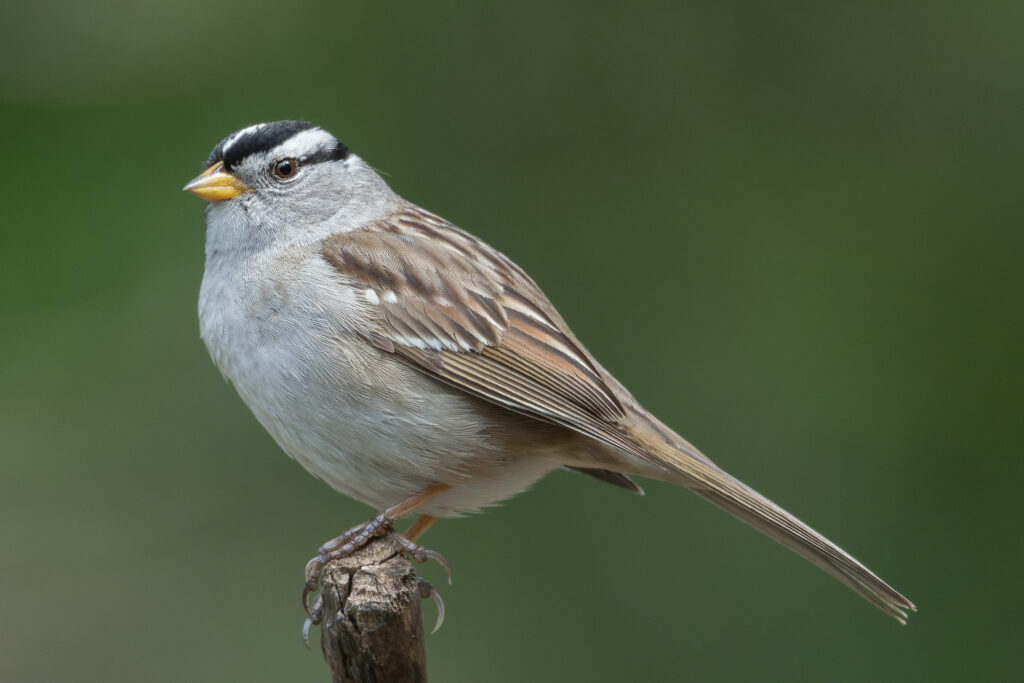
Although found in the greater area year-round, in our yard this sparrow is usually only a spring and summer visitor. Sadly, it too is also predated by Brown-headed cowbirds.
White-throated sparrow (5/6/2022)
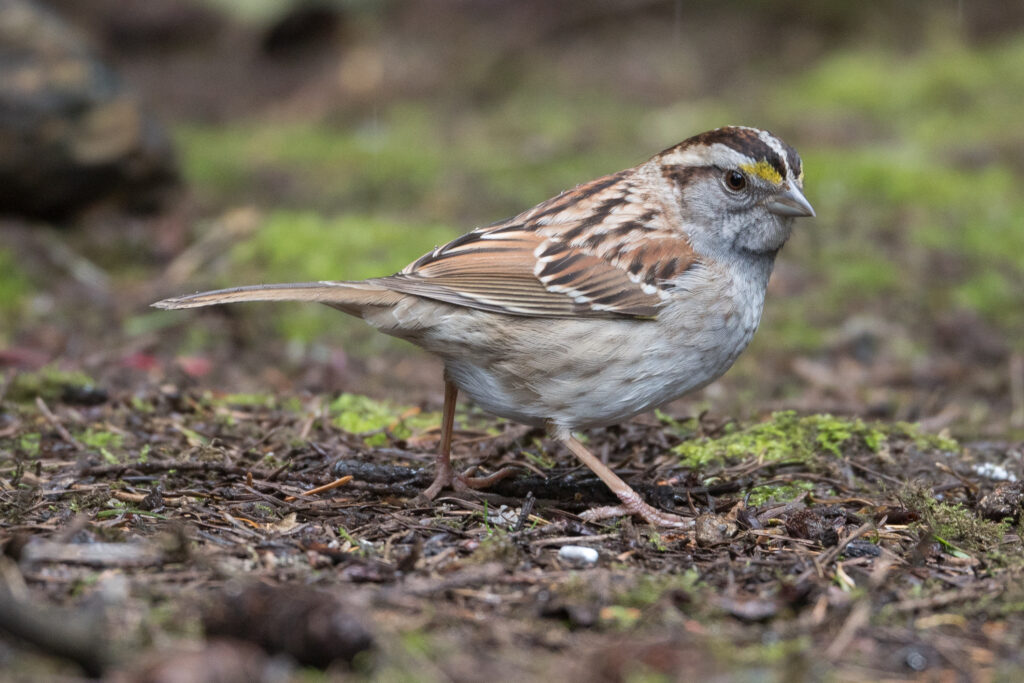
This is one of the rarest visitors to the yard, this year only staying for one or two days in the spring. A couple of years ago we had one that settled in for several weeks a block from us and I photographed it extensively.
Chipping sparrow (5/13/2022)
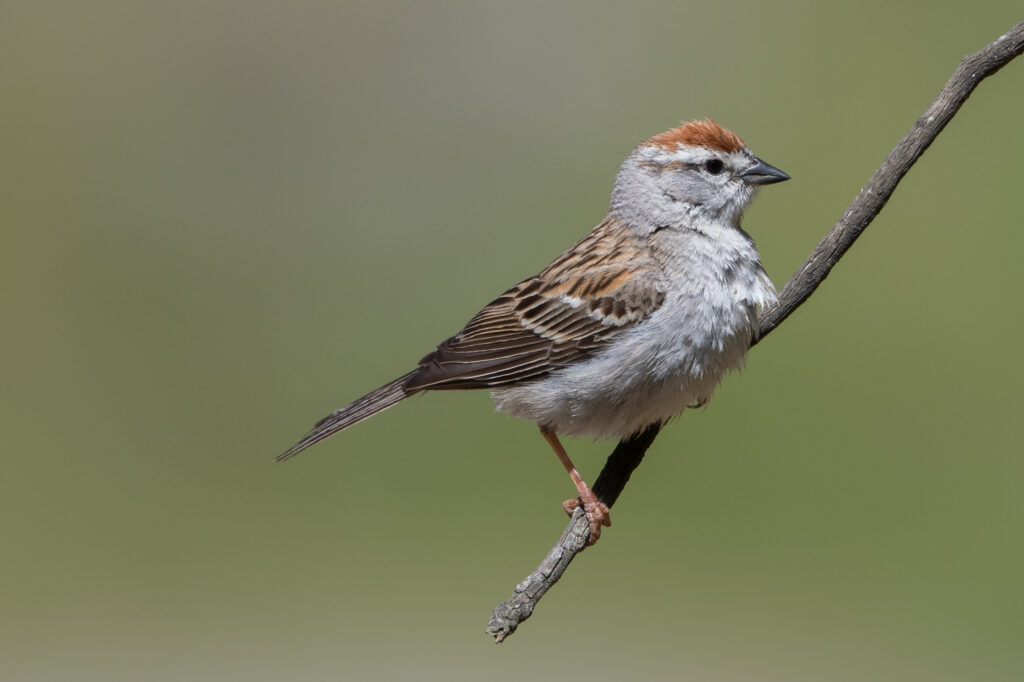
Our rarest sparrow, it was here for only a single day.
There are at least three other sparrow species I have observed in the county that we have not observed in our yard… the Lincoln sparrow, the Savannah sparrow and the American Tree sparrow.

